New Mexico is not at the top of many lists of the states most likely to legalize marijuana in the next few years, but a new poll suggests it should be.
 The telephone survey was conducted by a local polling firm and queried 406 adults across the state. It found fully 61 percent of New Mexicans want to see cannabis legalized for personal use. It is already allowed by the state as medicine.
The telephone survey was conducted by a local polling firm and queried 406 adults across the state. It found fully 61 percent of New Mexicans want to see cannabis legalized for personal use. It is already allowed by the state as medicine.
Legalization supporters pointed to the poll as proof they’re backing a winning proposition.
Public support is strong
“If it can get on the ballot, it’s going to pass,” said state Sen. Gerald Ortiz y Pino, sponsor of a referendum that would legalize, regulate, and tax marijuana for recreation.
The odds aren’t good, at least not yet, but the poll suggests that could change as lawmakers come to terms with public opinion. Ortiz y Pino failed last year to put a similar bill through the state Senate, which is controlled by Democrats. The House, led by Republicans, is even less likely to go along this time.
The poll asked New Mexicans whether they favor legalizing, taxing, and regulating cannabis for adults aged 21 and over. Sixty-one percent said yes, while 34 percent said no. The remainder said they weren’t sure.
But the numbers were even stronger when respondents learned the details of the proposal and how tax revenues would be used, including drug education and addiction rehabilitation programs. At that point, 69 percent of respondents said they support legalization.
Strongest support from young, male voters
The strongest support, as usual in such polls, came from men, younger voters, those registered as independents or Democrats, and New Mexicans who are not registered to vote. Every major geographic region provided majority support for the idea.
The results also demonstrate “a tremendous level of support” for medical marijuana, 71 percent, said Research & Polling President Brian Sanderoff. And support for full legalization has increased steadily over the years. It first topped 50 percent in 2013, when a poll measured support at 52 percent.
The new poll was already likely to show stronger results, since it includes residents who are not also voters. But the numbers are still high enough to put money on future reform in New Mexico.
“The data is very impressive,” said Duke Rodriguez, former secretary of the Human Services Department and manager of a marijuana cultivation company out of Arizona. “Clearly New Mexicans want to legalize and have adult use.”
Unlikely to legalize in 2016
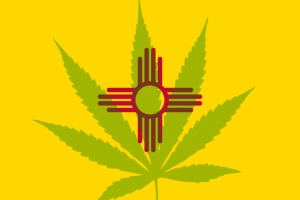 It’s not clear when legalization will reach New Mexico, but it is unlikely this year unless Ortiz y Pino’s bill succeeds despite long odds. Still, public support is stronger there than in most other places, even some considered good bets for reform. And the state could use the estimated tax windfall of $20 million to $60 million each year, Rodriguez said.
It’s not clear when legalization will reach New Mexico, but it is unlikely this year unless Ortiz y Pino’s bill succeeds despite long odds. Still, public support is stronger there than in most other places, even some considered good bets for reform. And the state could use the estimated tax windfall of $20 million to $60 million each year, Rodriguez said.
“It’s money we desperately need, and it’s taking money out of the (drug) cartel and putting it back in the mainstream,” he said.
Other supporters, including state Rep. Bill McComley, said the push for legal cannabis could spur young people to care more about politics and register to vote.
“Why would we not work on a policy that 87 percent of young people think is worth doing?” Mccauley asked.
New Mexicans: Give Us Legal Marijuana
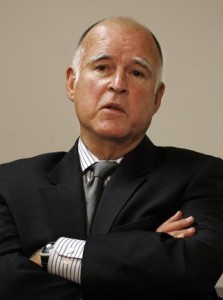 The new rules, signed into law by Gov. Jerry Brown, provide a framework for licensing and regulating
The new rules, signed into law by Gov. Jerry Brown, provide a framework for licensing and regulating  But the damage is already done in many places, and it is unlikely there will be a widespread movement to repeal the bans already in force. That means large swaths of California will have no practical access to
But the damage is already done in many places, and it is unlikely there will be a widespread movement to repeal the bans already in force. That means large swaths of California will have no practical access to  In a report in January by The Chicago Tribune, McMahon explained he suffers from a wide array of health problems, most following his 15-year career with multiple NFL teams and most
In a report in January by The Chicago Tribune, McMahon explained he suffers from a wide array of health problems, most following his 15-year career with multiple NFL teams and most  “They were doing more harm than good,” he said. “This medical marijuana has been a godsend. It relieves me of the pain, or thinking about it, anyway.”
“They were doing more harm than good,” he said. “This medical marijuana has been a godsend. It relieves me of the pain, or thinking about it, anyway.” Federal authorities say many large drug traffickers have moved to Colorado in recent years, where
Federal authorities say many large drug traffickers have moved to Colorado in recent years, where 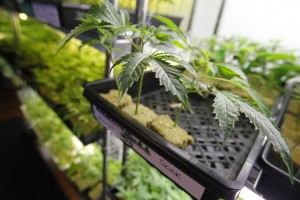 Doubtless officials in neighboring Nebraska and Oklahoma will jump on the report as confirmation of their beliefs. These officials have
Doubtless officials in neighboring Nebraska and Oklahoma will jump on the report as confirmation of their beliefs. These officials have 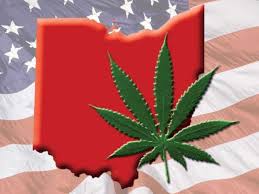 In fact, a large national lobbying group has joined
In fact, a large national lobbying group has joined  The Marijuana Policy Project’s support in Ohio marks a departure, as the group has historically avoided the state. Ohio is completely dominated by conservative Republicans who oppose legalization, and while public support is strong, it is weaker than in some other states. Grassroots groups also find it hard to secure the funding needed to gather hundreds of thousands of voter signatures.
The Marijuana Policy Project’s support in Ohio marks a departure, as the group has historically avoided the state. Ohio is completely dominated by conservative Republicans who oppose legalization, and while public support is strong, it is weaker than in some other states. Grassroots groups also find it hard to secure the funding needed to gather hundreds of thousands of voter signatures.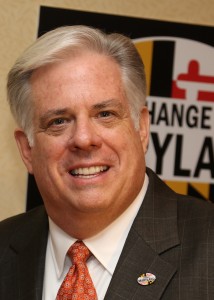

 Robinson, best known for his playing days at the University of Connecticut,
Robinson, best known for his playing days at the University of Connecticut, 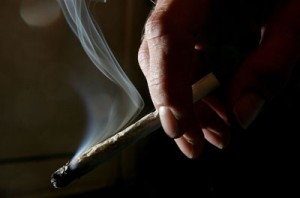 “People in Oregon know me as a basketball player,” said Robinson, who played for five NBA teams, including the Portland Trail Blazers. “But I want to distill the stigma around cannabis, the misperception that athletes and cannabis are incompatible.”
“People in Oregon know me as a basketball player,” said Robinson, who played for five NBA teams, including the Portland Trail Blazers. “But I want to distill the stigma around cannabis, the misperception that athletes and cannabis are incompatible.”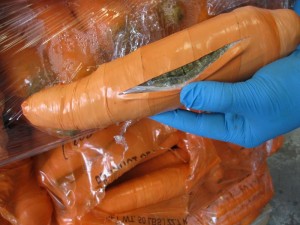 When a truck stopped at the Pharr-Reynosa International Bridge outside McAllen, Texas, agents found
When a truck stopped at the Pharr-Reynosa International Bridge outside McAllen, Texas, agents found 
 The decision applies only to the school district that serves Auburn, Maine. But it could signal
The decision applies only to the school district that serves Auburn, Maine. But it could signal  Though Colorado has approved student use of MMJ statewide, most of the fight is currently at the local level, with parents and advocates trying to convince more school boards to
Though Colorado has approved student use of MMJ statewide, most of the fight is currently at the local level, with parents and advocates trying to convince more school boards to 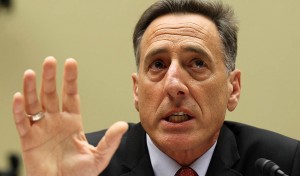 The state’s governor announced in January that he would back
The state’s governor announced in January that he would back 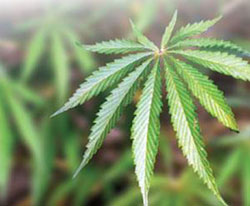 “Ballot initiatives are a terrible way to make policy changes when the technical details matter,” said policy expert Mark Kleiman, who helped shape regulations on legal cannabis in
“Ballot initiatives are a terrible way to make policy changes when the technical details matter,” said policy expert Mark Kleiman, who helped shape regulations on legal cannabis in  In part that’s because this futile “war” was launched mostly against a vast sea of helpless addicts. Seen as the enemy in its most human form, they were easy to shame, punish, and blame for the problems of an imperfect society. It was only in recent years, after
In part that’s because this futile “war” was launched mostly against a vast sea of helpless addicts. Seen as the enemy in its most human form, they were easy to shame, punish, and blame for the problems of an imperfect society. It was only in recent years, after 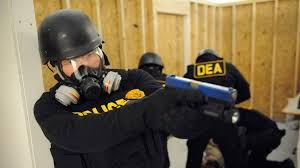 The first domino to fall was the federal Harrison Narcotics Tax Act of 1914. This law provided the first regulations on opiates and derivatives of the coca plant, though it did nothing to regulate marijuana.
The first domino to fall was the federal Harrison Narcotics Tax Act of 1914. This law provided the first regulations on opiates and derivatives of the coca plant, though it did nothing to regulate marijuana. Anthony J. Green, 51, of Williams Township in Michigan’s central Lower Peninsula was given a delayed sentence Jan. 4. Bay County Chief Circuit Judge Kenneth W. Schmidt instead put Green on probation with home monitoring until November. He also must pay $400 in fines and court costs.
Anthony J. Green, 51, of Williams Township in Michigan’s central Lower Peninsula was given a delayed sentence Jan. 4. Bay County Chief Circuit Judge Kenneth W. Schmidt instead put Green on probation with home monitoring until November. He also must pay $400 in fines and court costs.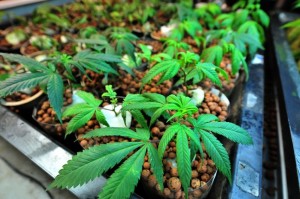 He will then face only a misdemeanor charge of
He will then face only a misdemeanor charge of  But in many places, marijuana possession, sale, manufacture, and shipping remain crimes. That means getting caught can involve arrest, bail, criminal charges, and in some cases, trial.
But in many places, marijuana possession, sale, manufacture, and shipping remain crimes. That means getting caught can involve arrest, bail, criminal charges, and in some cases, trial. Once the jury is seated, the trial begins. First, the prosecution makes its opening statement, followed by the defense. The prosecution goes first because it bears the burden of proof in the trial – a standard famously known as “beyond a reasonable doubt.” This means that if prosecutors build a strong
Once the jury is seated, the trial begins. First, the prosecution makes its opening statement, followed by the defense. The prosecution goes first because it bears the burden of proof in the trial – a standard famously known as “beyond a reasonable doubt.” This means that if prosecutors build a strong  An irate Pennsylvania woman, arguing with her boyfriend, called police and
An irate Pennsylvania woman, arguing with her boyfriend, called police and 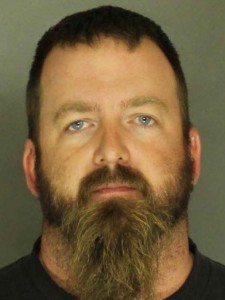 Deputy Christopher M. Heath was busted in West Manheim Township, Pa., along with another man, Tyler Long. The two allegedly drove cross-country with
Deputy Christopher M. Heath was busted in West Manheim Township, Pa., along with another man, Tyler Long. The two allegedly drove cross-country with  The arrests have led officials in Northern California to review
The arrests have led officials in Northern California to review  Medical pot
Medical pot  One woman, Missy Miller of Atlantic Beach, N.Y., said her son would find it impossible to get his pot. He suffers from severe pediatric epilepsy, a condition that frequently responds to medical marijuana, sometimes dramatically. Miller said the shortage of dispensaries is the biggest problem.
One woman, Missy Miller of Atlantic Beach, N.Y., said her son would find it impossible to get his pot. He suffers from severe pediatric epilepsy, a condition that frequently responds to medical marijuana, sometimes dramatically. Miller said the shortage of dispensaries is the biggest problem.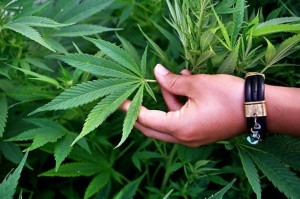 But that doesn’t mean it wasn’t important. The year’s biggest defeat provided activists and other cannabis proponents a road map for
But that doesn’t mean it wasn’t important. The year’s biggest defeat provided activists and other cannabis proponents a road map for 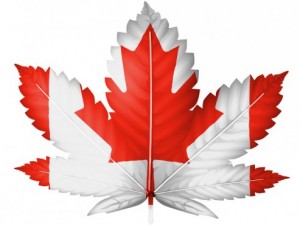 Two of the year’s biggest stories came not from the United States but from its two closest neighbors. The Mexican Supreme Court ruled in November that a small group of citizens may grow cannabis for personal use. The ruling didn’t legalize the drug completely, but it did open the door to that possibility.
Two of the year’s biggest stories came not from the United States but from its two closest neighbors. The Mexican Supreme Court ruled in November that a small group of citizens may grow cannabis for personal use. The ruling didn’t legalize the drug completely, but it did open the door to that possibility. Vireo Health of New York obtained certification in December from the Orthodox Union, a group that oversees kosher rules in the United States. Its certification marks the first time marijuana
Vireo Health of New York obtained certification in December from the Orthodox Union, a group that oversees kosher rules in the United States. Its certification marks the first time marijuana Judaism proscribes a complex set of rules regarding behavior, diet, and alcohol consumption, among other issues. The religion’s three main sects observe the rules to varying degrees, with Orthodox Jews the most observant and Reform Jews typically the least.
Judaism proscribes a complex set of rules regarding behavior, diet, and alcohol consumption, among other issues. The religion’s three main sects observe the rules to varying degrees, with Orthodox Jews the most observant and Reform Jews typically the least. A new report in the Los Angeles Times suggests that is exactly what has been happening in the years since Colorado and Washington first legalized marijuana in 2012. The looser rules in those states and in Oregon, Alaska, and the District of Columbia, the newspaper says, have
A new report in the Los Angeles Times suggests that is exactly what has been happening in the years since Colorado and Washington first legalized marijuana in 2012. The looser rules in those states and in Oregon, Alaska, and the District of Columbia, the newspaper says, have 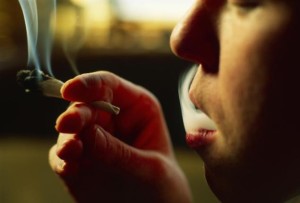 Mexico and the United States have tried for decades to stem cultivation and stop the flow of cannabis across the border. All those attempts have failed, in large part because farmers could always make more money growing marijuana than any other crop. That no longer appears to be the case.
Mexico and the United States have tried for decades to stem cultivation and stop the flow of cannabis across the border. All those attempts have failed, in large part because farmers could always make more money growing marijuana than any other crop. That no longer appears to be the case. Administration lawyers intervened in the suit in December, arguing in a legal filing before the Supreme Court that the justices don’t have jurisdiction to hear the states’ complaint. The move was seen as yet another sign the government is
Administration lawyers intervened in the suit in December, arguing in a legal filing before the Supreme Court that the justices don’t have jurisdiction to hear the states’ complaint. The move was seen as yet another sign the government is  A spokeswoman for Peterson said he wasn’t surprised by the administration’s objection to the lawsuit. As her comment makes clear, Peterson’s real concern is fighting
A spokeswoman for Peterson said he wasn’t surprised by the administration’s objection to the lawsuit. As her comment makes clear, Peterson’s real concern is fighting  Robert and Adlynn Harte are both former CIA agents and have two children, who were 7 and 13 years old at the time of the raid in 2012. Their home was searched based on an investigation that started with a legal purchase at a hydroponics store.
Robert and Adlynn Harte are both former CIA agents and have two children, who were 7 and 13 years old at the time of the raid in 2012. Their home was searched based on an investigation that started with a legal purchase at a hydroponics store. The Hartes say it was probably used loose tea leaves, a herbal flavor Adlynn Harte likes to drink. A field test supposedly showed
The Hartes say it was probably used loose tea leaves, a herbal flavor Adlynn Harte likes to drink. A field test supposedly showed  The nation is the latest in Latin America to legalize
The nation is the latest in Latin America to legalize  The new law will allow growers to apply for permits from the country’s National Narcotics Council, while processors can apply for licenses from the Colombian health ministry. That agency will also handle permits for export of the drug.
The new law will allow growers to apply for permits from the country’s National Narcotics Council, while processors can apply for licenses from the Colombian health ministry. That agency will also handle permits for export of the drug.